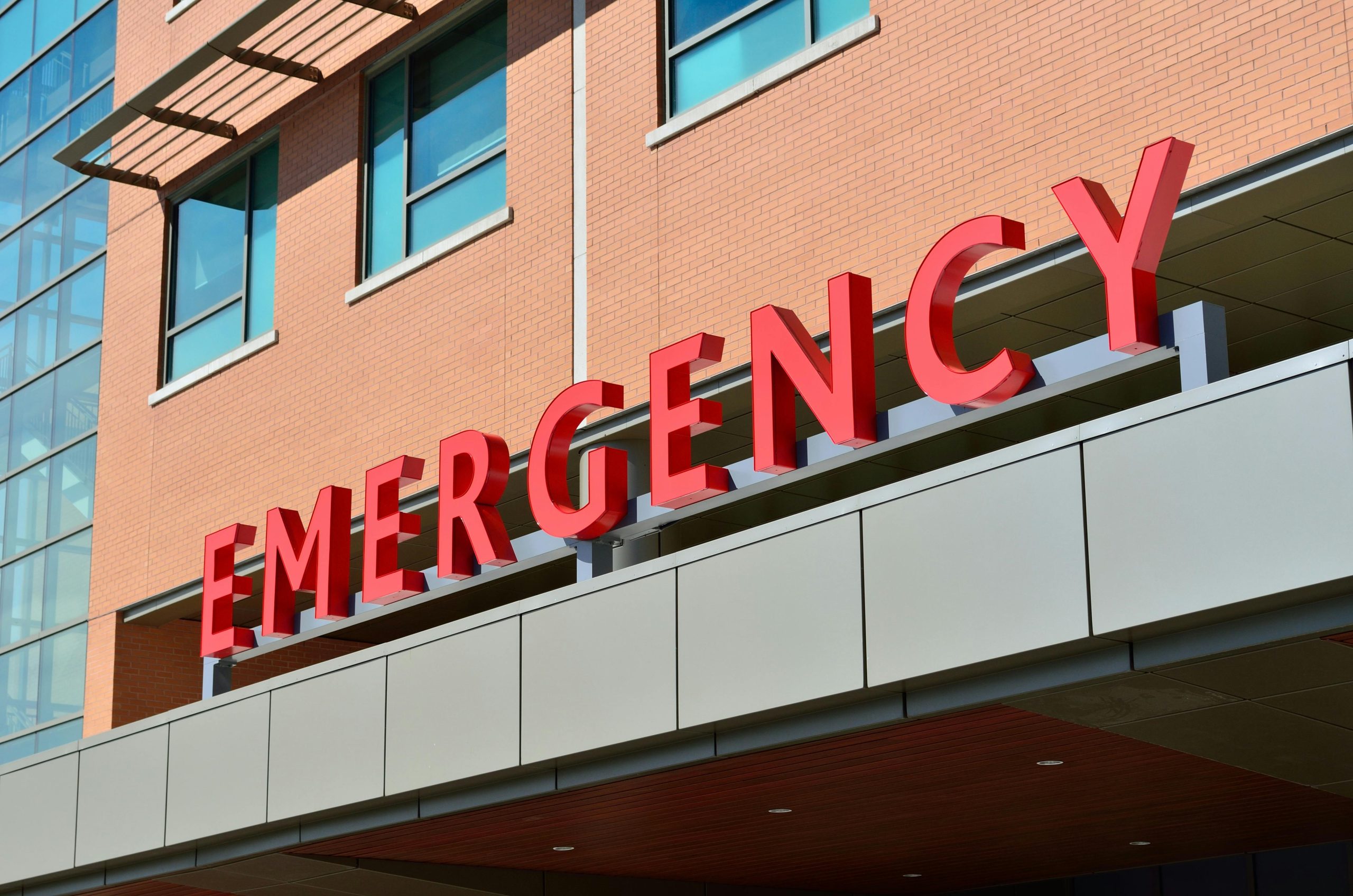Understanding North Carolina’s Negotiated Home Insurance Rate Increase
A Closer Look at the 7.5% Cap and Its Implications
Many homeowners and stakeholders in North Carolina have recently been curious about a reported 7.5% rate increase cap negotiated by the state’s Insurance Commissioner. The question on many minds is: how does this regulation actually work, and what does it mean for existing policies versus new ones?
Overview of the Rate Cap
In efforts to stabilize insurance costs, the North Carolina Department of Insurance announced a negotiation with insurers to limit the base rate hikes on homeowners’ policies. From what has been communicated, this cap is set at 7.5%, ostensibly restricting how much insurers can increase rates on new policies issued within the year. This measure aims to make insurance more affordable and predictable across the state.
The Confusion Around Renewals vs. New Policies
However, some policyholders have observed significant increases during renewal periods—sometimes up to 42%. This discrepancy leads to questions: if the negotiated 7.5% limit applies to new policies, how can existing policies be facing such large renewal increases?
According to industry professionals, including some insurance brokers, the 7.5% cap is primarily intended for new policy rates. The specifics for renewals are often less clear and seem to operate under different guidelines. Unfortunately, official documentation from the North Carolina Department of Insurance does not provide detailed explanations clarifying how the negotiated rate limit is calculated or applied, especially regarding existing policy renewals.
Where to Find Reliable Information
Most publicly available information tends to be generated through press releases or news summaries, which may lack detailed guidance. Common online resources, including artificial intelligence responses, suggest that the cap is meant to restrict rate increases on renewals as well, but definitive confirmation from official sources remains elusive.
What Does This Mean for Policyholders?
If the 7.5% figure is based on the rate at which new policies are issued—meaning the starting premium—then the large increases upon renewal could be reflecting factors such as increased risk, inflation, or other market dynamics not directly controlled by the negotiated cap. The definition of the “base rate” in this context could be the initial premium set for a new policy, with renewal increases potentially exceeding the cap depending on insurer policies and regulatory interpretations.
Seeking Clarity and Guidance
For homeowners curious about how these regulations affect their premiums, it’s advisable to consult directly with your insurance broker or seek official guidance from the North Carolina



